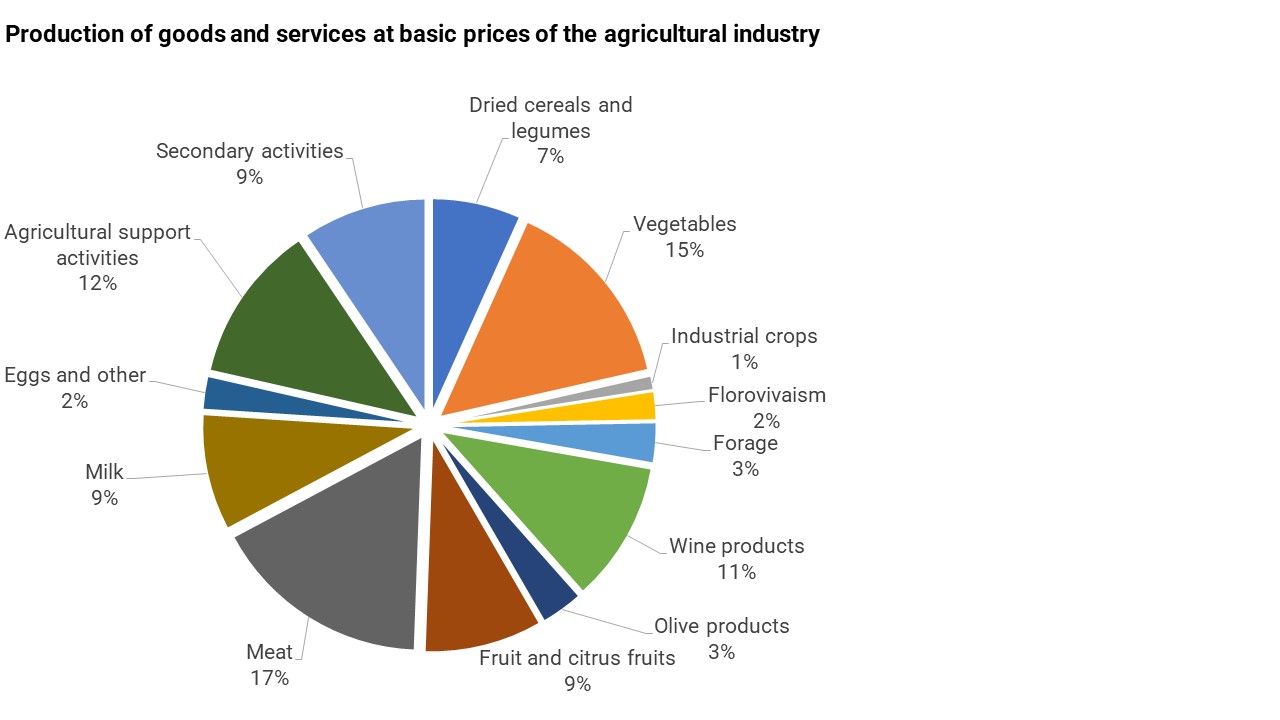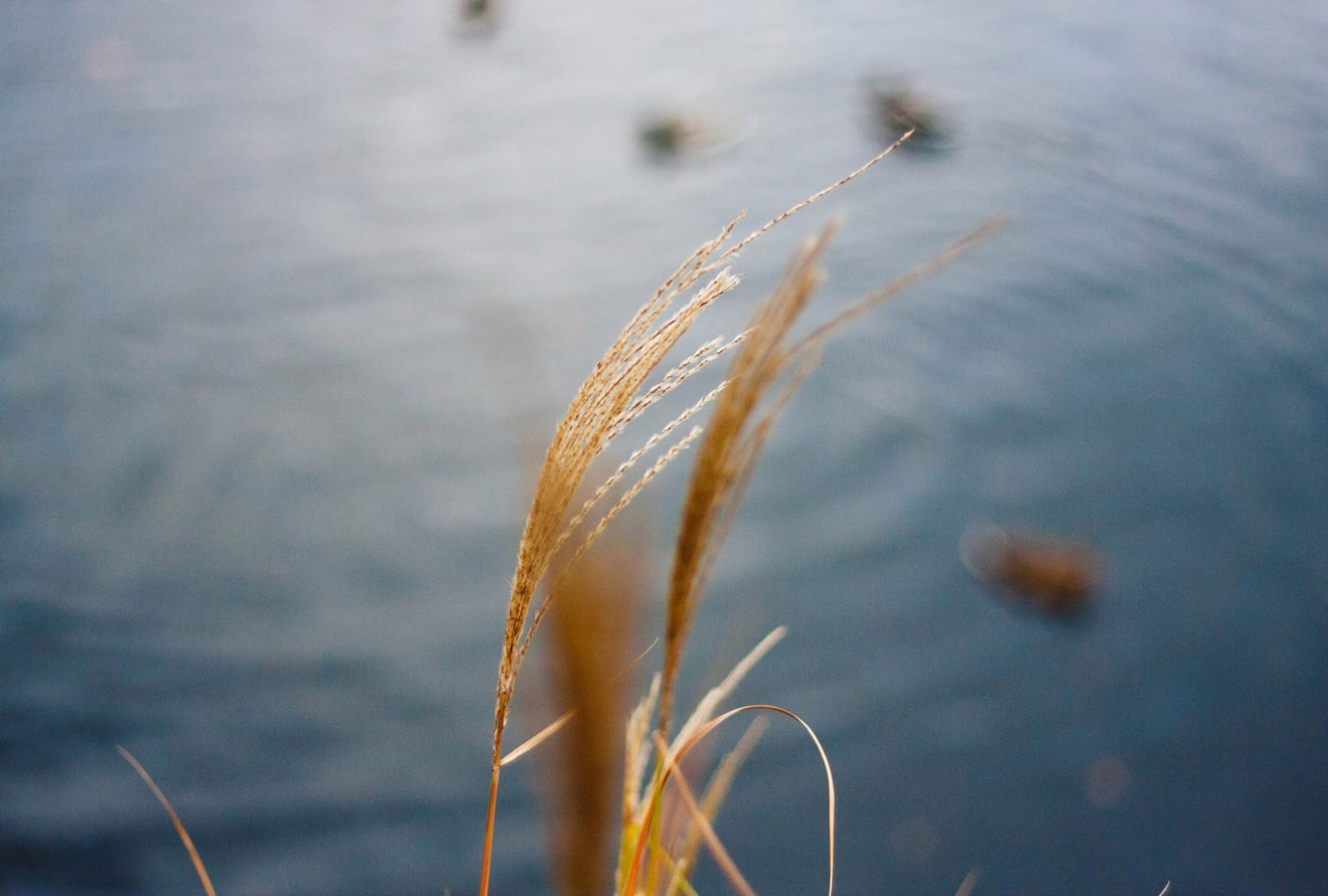 Agriculture in Italy
Agriculture in Italy
What characterizes the Italian agricultural sector?
Agriculture is one of Italy’s key economic sectors, accounting for around 2.1% of GDP and 56 billion euro of turnover. With just over 12 million hectares of land used, Italian agriculture achieves more than 12% of the sector’s turnover in the EU, confirming itself as the continent’s third largest agricultural economy after France (17% with 28 million hectares) and Germany (13% with 15 million hectares).
In 2020, agricultural production had a slight decrease in volume and added value, as it was strongly impacted by the Covid-19 pandemic.
As previously mentioned, the value of national agricultural production exceeded 56 billion euros in 2020.
- 29 billion is represented by plant crops
- 16 billion come from livestock products
- The remainder comes from from diversification activities (support and secondary)
There is a greater concentration of agricultural economic units in the south of the country, where almost 60% of the units are located, while the rest is equally distributed between Central and North.
In general, these farms are rather small: two thirds have an area of less than 5 hectares and more than 30% are micro-enterprises with an area that does not even reach one hectare; on the other hand, units with areas of more than 100 hectares represent a very residual share.
The northern part of Italy primarily produces grains, soybeans, meat, and dairy products, while the south specializes in fruits, vegetables, olive oil, wine, and durum wheat.






